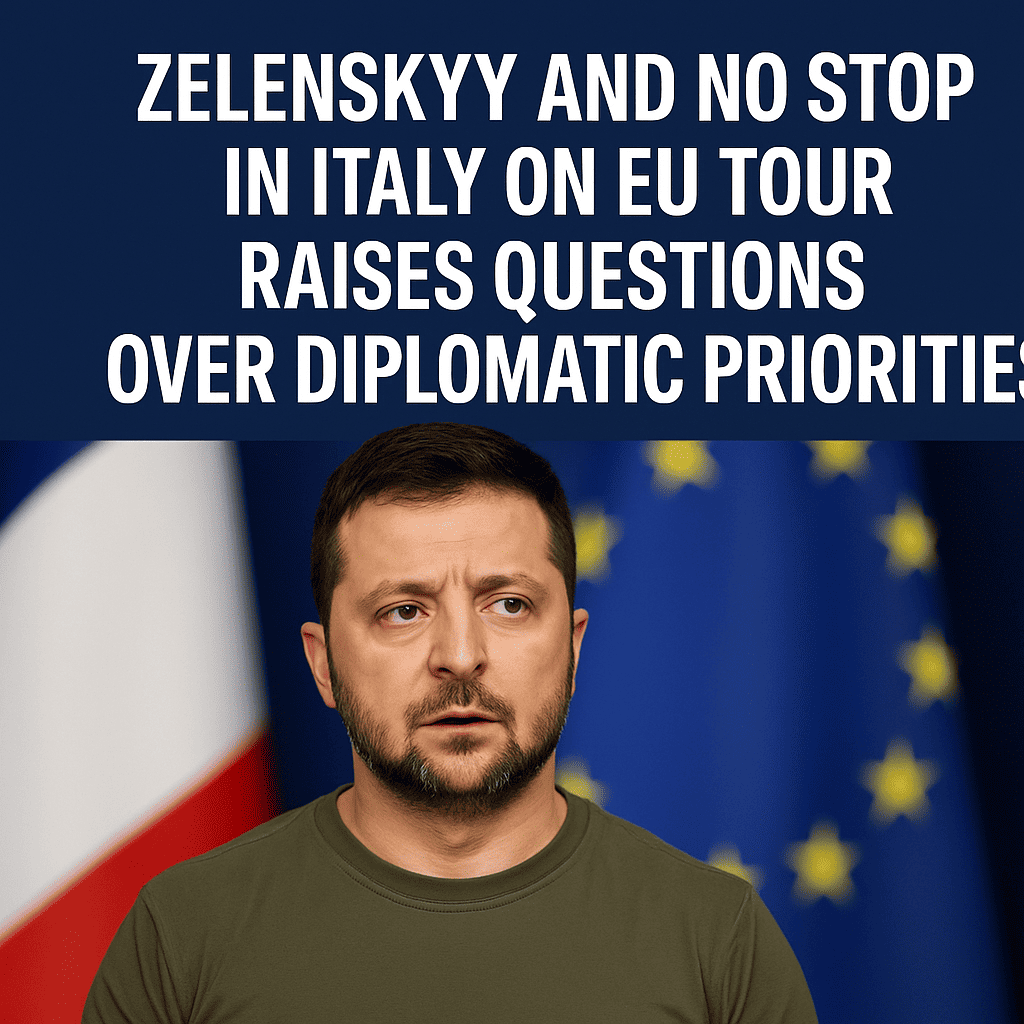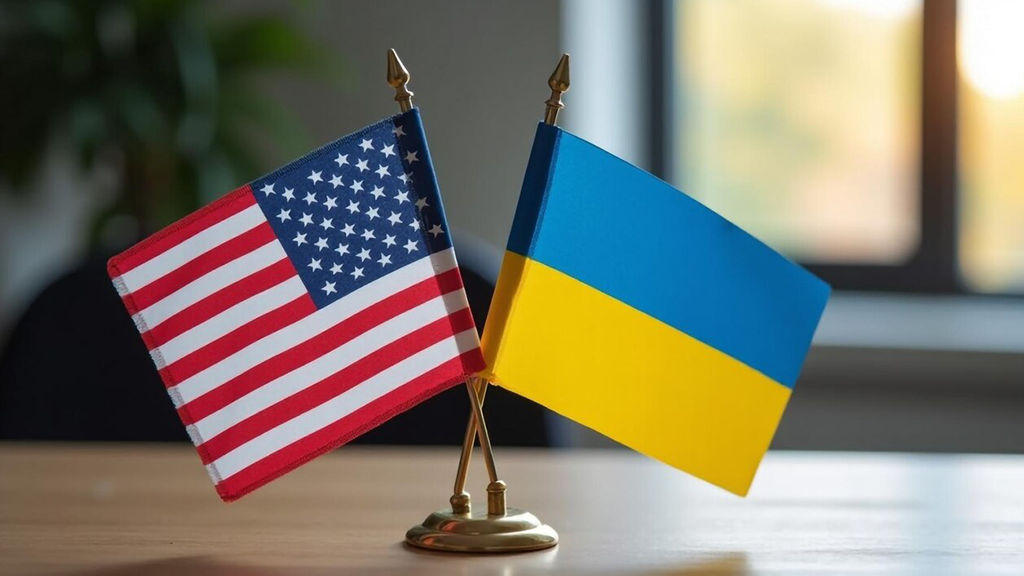The decision by President Volodymyr Zelenskyy to no stop in Italy during his EU tour has sparked debate among European diplomats. His whirlwind itinerary—covering France, Spain, and Greece—excluded Rome, prompting questions about whether the omission reflects strategic prioritisation, logistical pressure, or a subtle signal toward Italy’s political posture.
When evaluating Zelenskyy’s stop in Italy during his EU tour, several structural factors emerge. First, the tour’s design focused on countries central to defense cooperation, advanced weapons packages, and Ukraine’s trajectory toward EU accession. Paris and Madrid maintain firm military supply commitments, while Athens has become a key supporter in air-defense coordination. This suggests the tour’s purpose was targeted rather than symbolic.
Second, analysts note that Italy’s contributions—though substantial in bilateral aid and reconstruction frameworks—rank lower than those of other countries in GDP-adjusted military support. This context makes the decision for Zelenskyy to skip Italy on the EU tour less surprising from a strategic standpoint.
However, diplomatic nuance complicates the picture. Rome recently hosted major Ukraine reconstruction conferences, and Italy remains influential within EU decision-making structures. Skipping a stop may inadvertently create perceptions of imbalance. Italian commentators have questioned whether the omission hints at friction between Kyiv and Prime Minister Giorgia Meloni’s government, particularly around military aid pacing and internal political debates. This is speculative, yet not dismissed by regional analysts.
The more pragmatic explanation for Zelenskyy’s stop in Italy on the EU tour may be scheduling compression. His office emphasized tight timelines and a purpose-built route aligned with EU Council sessions, bilateral security pacts, and coordination meetings on air defense funding.
Strategic opportunities in the future:
• Kyiv could adopt rotational bilateral outreach, ensuring countries like Italy receive direct engagement tied to aid cycles.
• Italy could propose structured trilateral formats (Italy–Ukraine–EU Commission) to reinforce its role in Ukraine-focused policy.
• Zelenskyy’s team could deploy digital diplomatic-mapping tools to avoid perception gaps on future tours.
• (Speculative) AI-driven itinerary modeling could prevent unintended political signals by optimizing visit sequences based on geopolitical impact.
Ultimately, the episode shows how a simple scheduling decision—when framed as Zelenskyy’s no-stop in Italy on the EU tour—can generate layered meaning within Europe’s shifting diplomatic landscape.









